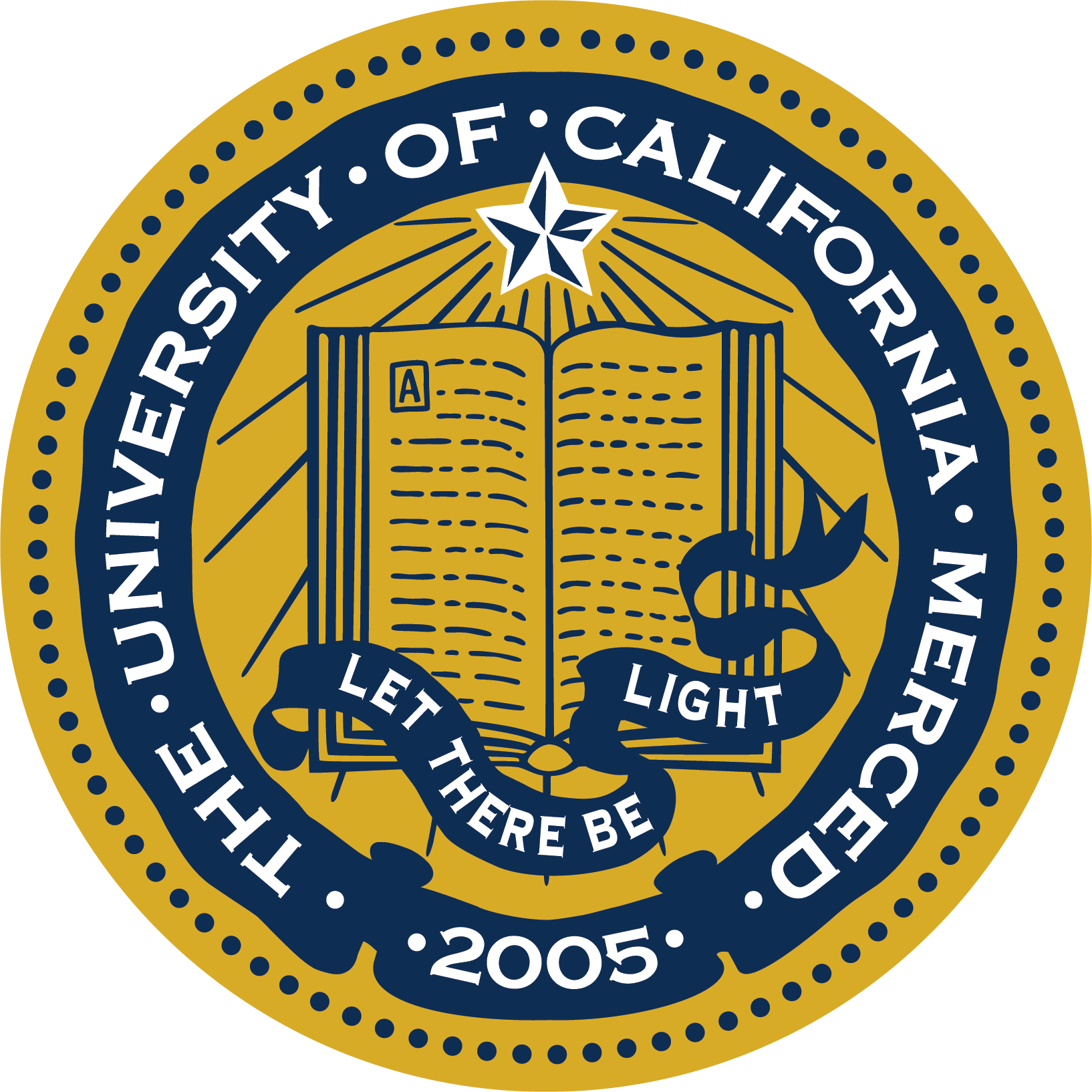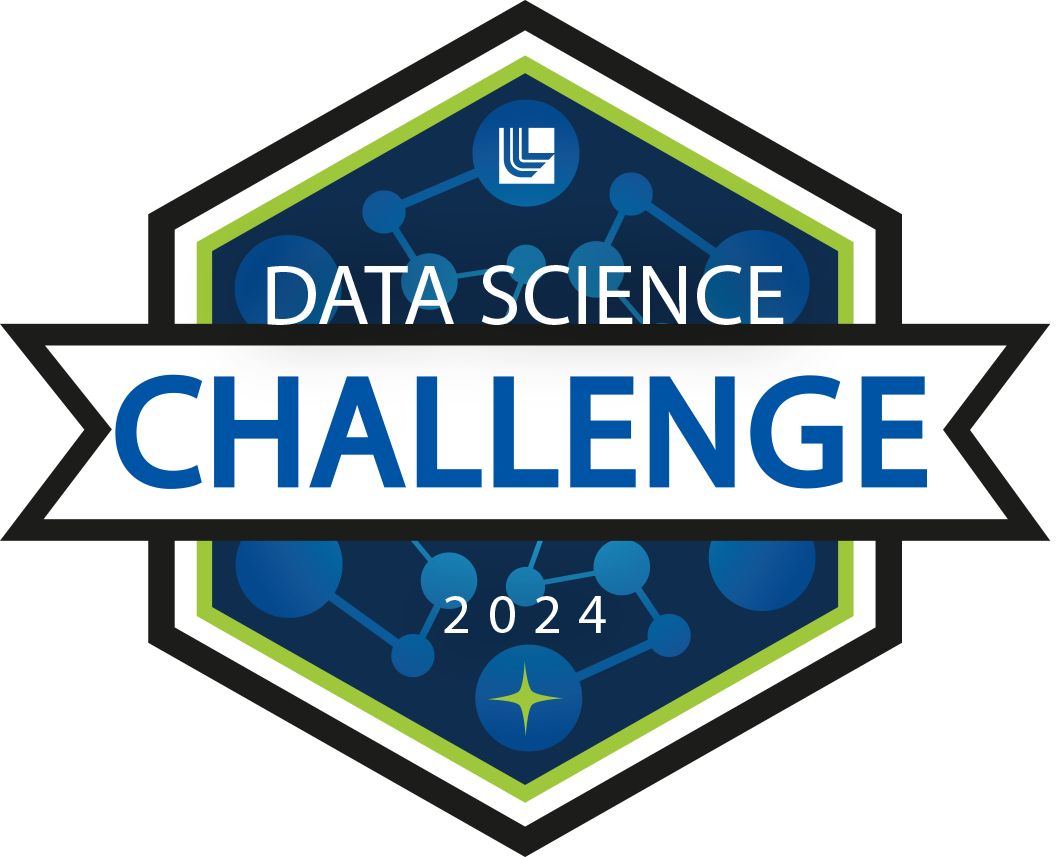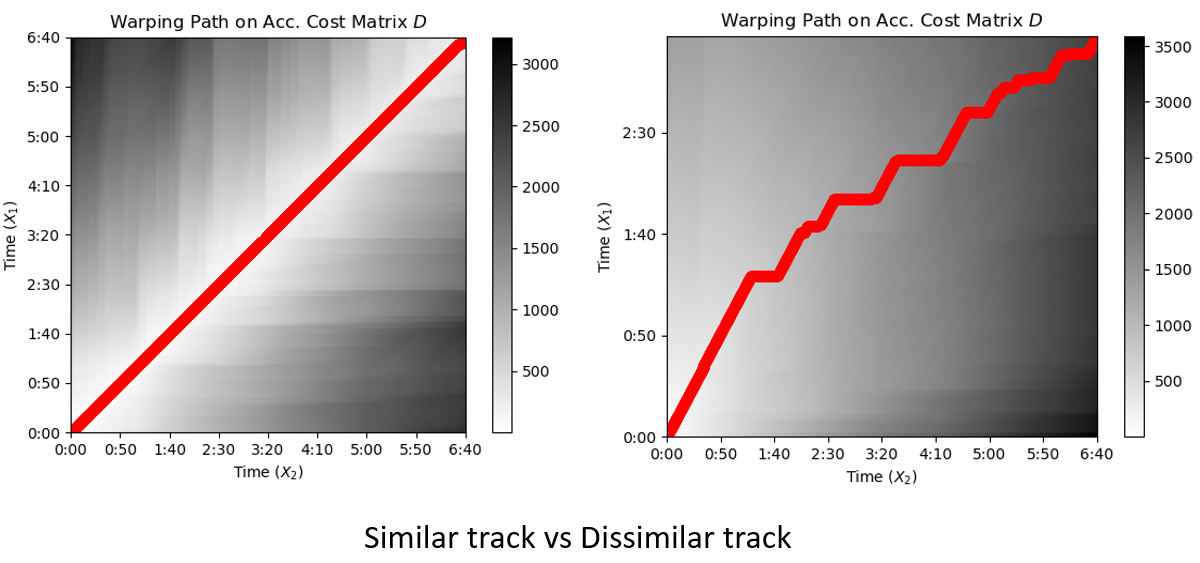Dhawal Modi
I'm a Machine Learning Engineer at Kaiser Permanente Division of Research where my work is centered on advancing cardiovascular health through machine learning and deep learning research. I hold a Master of Science in Electrical Engineering & Computer Science from the University of California - Merced.
Prior to my graduate studies, I was a Backend Software Developer at Tata Consultancy Services. In this role, I engineered payment processing pipelines and integrated them with third-party settlement systems, including HKICL and BPay.
My technical expertise includes programming languages such as Python, Java, and C++, along with proficiency in frameworks like PyTorch, TensorFlow, and Spring Boot. I am also skilled in a range of technologies, including ROS, Django, Flask, Oracle SQL, IBM Db2, and CUDA. My experience encompasses designing microservices architectures, integrating REST APIs, and fine-tuning both Large Language Models (LLMs) and Deep Learning models.
I have a Bachelor's in Engineering in Electronics & Communications Engineering from Rajiv Gandhi Proudyogiki Vishwavidyala.
Research Interest
My research focuses on the application of machine learning, deep learning, and computer vision to address challenges in cardiovascular health. I have extensive hands-on experience in developing and implementing models for the analysis of medical imaging data.
Education

University of California - Merced, Merced, CA, USA
Master of Science
Electrical Engineering and Computer Science (EECS)
August 2023 - May 2025
Graduate Student Researcher for:
- MoCA Lab, Spring 2024 - Spring 2025
- ANDES Lab, Fall 2023

Rajiv Gandhi Proudyogiki Vishwavidyalaya, Bhopal, MP, India
Bachelors of Engineering
Electronics and Communication Engineering (ECE)
Project : Sound Classification using DNNs
July 2016 - June 2020
Work Experience

Kaiser Permanente Division of Research, Pleasanton, California
Machine Learning Engineer
July 2025 - Present

MoCA Lab, UC Merced, Merced, USA
Graduate Student Researcher
Spring 2024 - Spring 2025
- Developed a mobile robotic platform using the AgileX SCOUT UGV to assist forest crews in reducing wood waste and preventing wildfires.
- Finetuned ENet and SegFormer Semantic Segmentation models for Robot path traversibility application on custom dataset with an mIOU of 0.729 and 0.68 respectively (improvement of 23% and 15% over baseline models).
- Trained and deployed ENet CNN model on Nvidia Orin AGX for real-time tasks, achieving 25ms inference time per frame.

Tata Consultancy Services, Bangalore, Karnataka, India
Systems Engineer
November 2020 - July 2023
- Implemented and streamlined validation routines for Outward Direct Debits and Credit Transfer payment channels, developing interfaces as per FPS and HKICL specifications. This enabled high-efficiency processing, handling up to 100,000 transactions per minute.
- Designed Spring REST API Client integration with BPAY API, enhancing real-time bill payment processing by 35%; led microservices architecture development for rapid API prototyping, ensuring successful deployment to testing and production environments.
- Conducted comprehensive design sessions with clients and users for Inward/Outward Direct Debit modules, resulting in precise documentation that enhanced developer accuracy by 30% and cut module testing duration by 5 hours a week.
- Led a cross-functional team of 3 SDETs in implementing a Spring Boot API testing pipeline across 3 testing regions, leading to a 20% increase in code delivery speed.
- Innovated and created an automated testing framework for 15 user stories and application flows using Jbehave BDD Framework, substantially improving regression testing efficiency.
- Implemented REST APIs in Java Springboot to serve payments processing logic for Credit Transfers, Direct Debits, ACH, and Mandates.
- Developed and deployed mock webservices for Temenos and T24 Bill payments API integrating TCS Bancs logic.
Teaching

CSE 015 - Discrete Mathematics
Teaching Assistant
University of California - Merced (Spring 2024, Spring 2025)
- Teaching assistant for CSE-015 Discrete Mathematics.
- Created weekly lab quizzes.
- Responsible for conducting lab sessions, grading quizzes, homeworks, assignments and exams along with providing academic assistance for a class of 90 undergraduate students.
Projects

Heartbeat Classification & Transmembrane Potential Reconstruction
Data Science Challenge 2024 at Lawrence Livermore National Lab
Led a team of 3 undergraduate students to implement and design Machine Learning and Deep
Learning models for
Heartbeat classification and Transmembrane Potential curve reconstruction.
Implemented Customized 1D SqueezeNet CNN model to predict Myocardium Activation Times and
Transmembrane
Potential Curve reconstruction with 97.46% accuracy on 1600 samples of
unseen data.

LLM Prompt Recovery
Final course project for EECS230: Deep Learning in colloboration with Kevin Chau
The goal of this project was to predict a prompt, ⟨Rewrite Prompt⟩, that was used to
generate ⟨Rewritten Text⟩ by providing only ⟨Original Text⟩-⟨Rewritten Text⟩ pairs to the
LLM.
During inference, it predicts an embedding using the ⟨Original Text⟩ and the ⟨Rewritten
Text⟩. This embedding is compared against a knowledge database of embeddings.
The most similar embedding in this database is our model prediction. The score for each
predicted / expected pair is calculated using the Sharpened Cosine Similarity, using an
exponent of 3.
Our finetuned models ranked 986 out of 2186. The best leaderboard score was our Phi-2
submission which scored 0.6188. The Mixtral 8x7B model finetuned with 1000 samples
scored 0.6056 and Gemma 7B finetuned with 5000 samples scored 0.5981.

Multi-Class Prediction of Obesity Risk
Kaggle Season 4 Episode 2 Playground series project.
The goal of this competition is to use various factors to predict obesity risk in individuals, which is related to cardiovascular disease.

Bank Customer Churn Prediction
Kaggle Season 4 Episode 1 Playground series project.
For this Episode of the Series, the task is to predict whether a customer continues with their account or closes it (e.g., churns).

Music Audio Similarity using DTW
Final course project for EECS257: Signal Processing for IoT Devices with Sravan Jayati

Real-Time Dynamic Traffic Management using OpenCV and Arduino
Hackathon project for Smart India Hackathon 2018 (Hardware Edition).
The Problem : As cities grow, traffic gets worse. Poorly planned infrastructure and
improper traffic policies lead to traffic bottlenecks.
Traffic jams and long wait times at intersections lead to wastage of time and fuel
and can cost a country in terms of it's GDP.
The Solution: Real-Time Dynamic Traffic Management system. Using Vehicle Detection
and Lane occupancy we can adjust to real-time traffic scenarios.
The system detects traffic conditions using vehicle count ,vehicular density and
delay time using OpenCV.
Traffic light timing is then propogated to Arduino controlled traffic lights that
can adapt to traffic conditions on a cycle-to-cycle basis.
